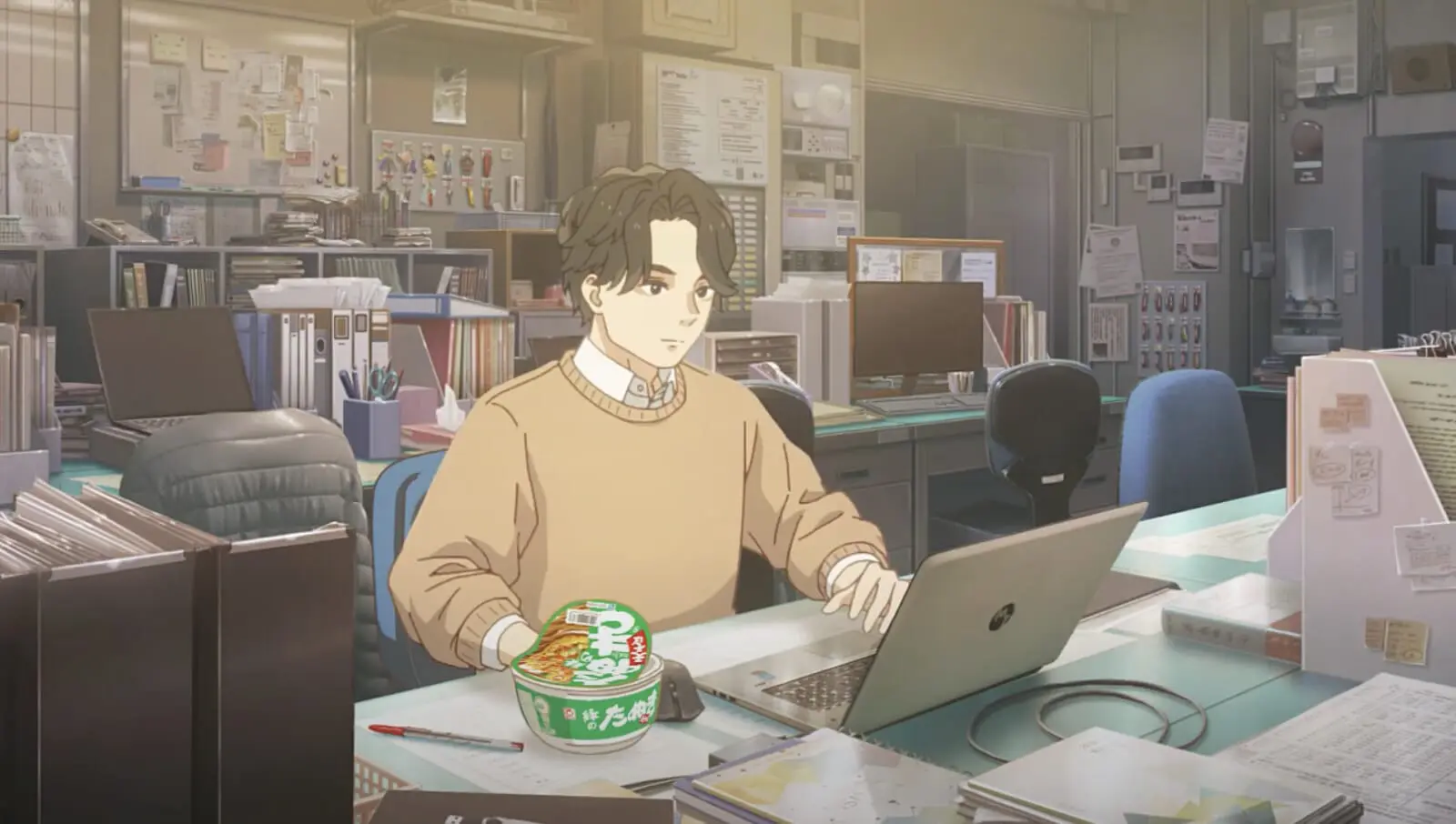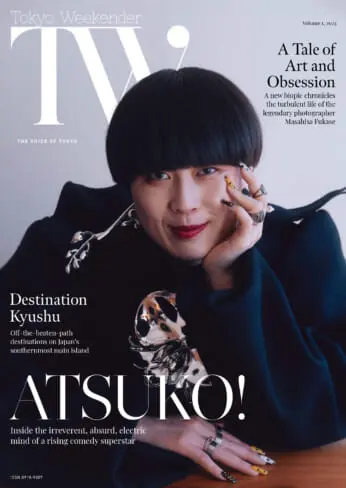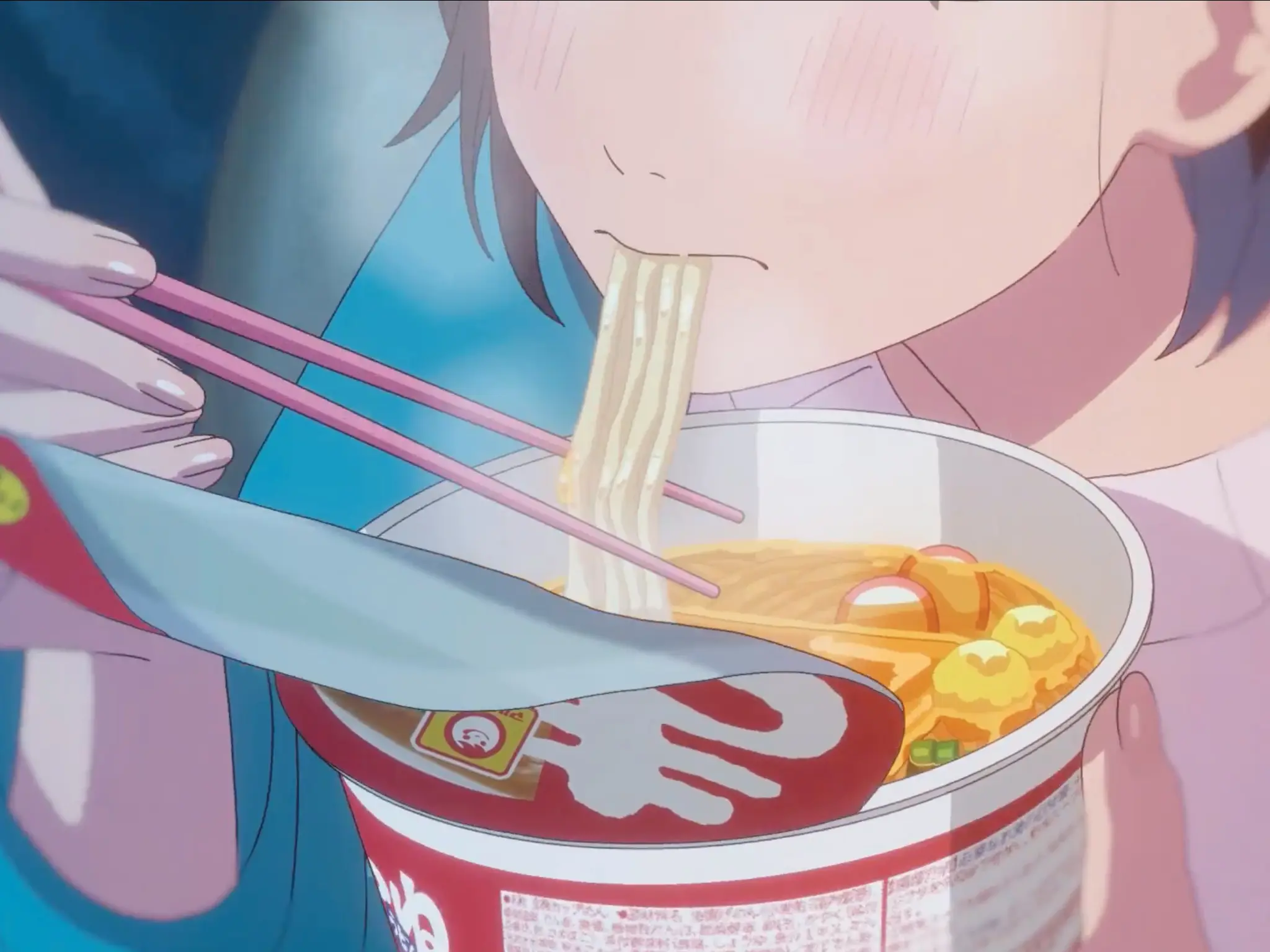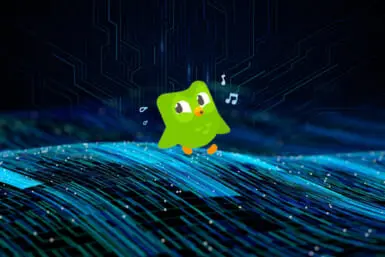Toyo Suisan’s latest Akai Kitsune ad has ignited a debate online, but not for the reasons you’d expect. The 34-second animated commercial features a girl, flushed and whispering in delight as she eats a bowl of udon. For some, it’s a harmless ad. For others, it’s yet another example of sexualized female representation.
This isn’t the first time an anime-inspired commercial has raised eyebrows due to its portrayal of women, but with the internet divided, the question remains: is this a harmless ad, or is it the latest example of the mainstream sexualization of women in Japanese media? Let’s unpack the controversy.
だしって…なんかホッとしないですか?
CV:市ノ瀬加那 @ichinose_1220#ひとりのよると赤緑 pic.twitter.com/G8IZ3I2dtM— 【公式】東洋水産株式会社(マルちゃん) (@toyosuisan_jp) February 6, 2025
The Ad That Started It All
The commercial opens with a woman watching an emotional drama on TV. To soothe herself, she turns to a bowl of Akai Kitsune udon. As she eats, her cheeks flush. She then whispers “delicious” with an almost intimate tenderness.
People have compared it to the male version of the ad, promoting Maruchan’s Midori no Tanuki soba. In that version, a tired office worker eats quietly at his desk, satisfied but without blushing, sighing or whispering softly. The mood is entirely different.

Credit:マルちゃん 東洋水産
The Reaction
On platforms like X, criticism came swiftly. Some called the commercial a clear example of the male gaze, with commercial consultant Rika Holden Nakamura saying, “the stark contrast in portrayal exposes anime’s tendency to frame women through a male gaze, embedding a subtle yet undeniable layer of sexualization.”
Not everyone agreed, however. Plenty of users dismissed the backlash. “Anyone seeing this as sexual must be reaching,” wrote one user. “This feels like outrage for the sake of outrage. Can the media stop picking out random negative comments from social media every time,” posted another.
“Nonexistent-type internet outrage,” was how cultural commentator Ken Ogiso described it. “Usually, outrage stems from widespread criticism. But in cases like this, a handful of negative comments get amplified by media coverage, making it seem like a bigger issue than it actually is,” he told Encount.
The Real Issue
Beyond the surface-level debate of whether it is sexy or not, the ad exposes a more complex issue: gendered storytelling in the media. The woman in the Akai Kitsune ad is emotional, fragile and finds comfort in food, while the man in the Midori no Tanuki version is stoic and self-sufficient. It’s a subtle but clear reinforcement of traditional gender roles — women emote, men endure.
This isn’t unique to Toyo Suisan. Japanese advertising, particularly when influenced by anime aesthetics, often portrays women through a romanticized, exaggerated lens. Blushing, whispering and soft-focus visuals are common tropes used to highlight femininity, often in ways that feel performative rather than authentic.
So, is it too sexy? The truth lies somewhere in the middle. The Akai Kitsune ad isn’t overtly sexual, but it does reflect familiar patterns in Japanese media — patterns that, whether intentional or not, reinforce gendered expectations. What’s more telling than the ad itself is the polarized reaction it sparked, exposing the growing tension between cultural norms, media representation and evolving social consciousness.









